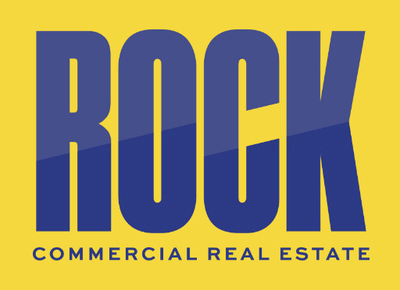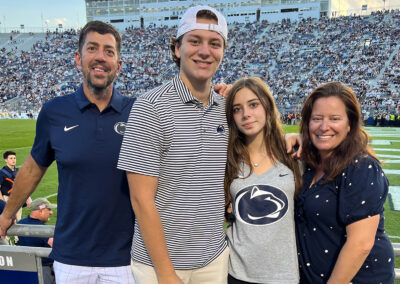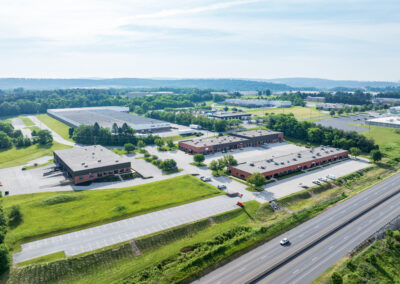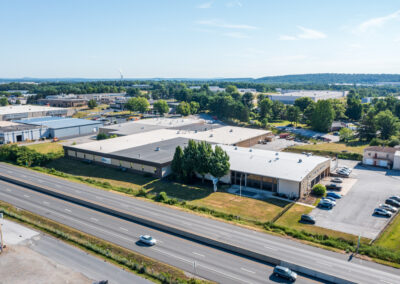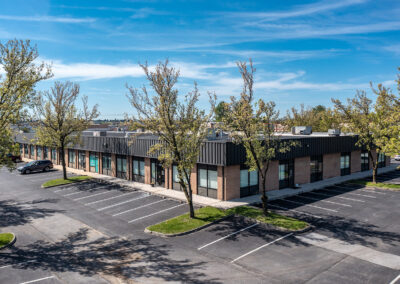
What Are Commercial Real Estate Common Area Maintenance (CAM) Fees?
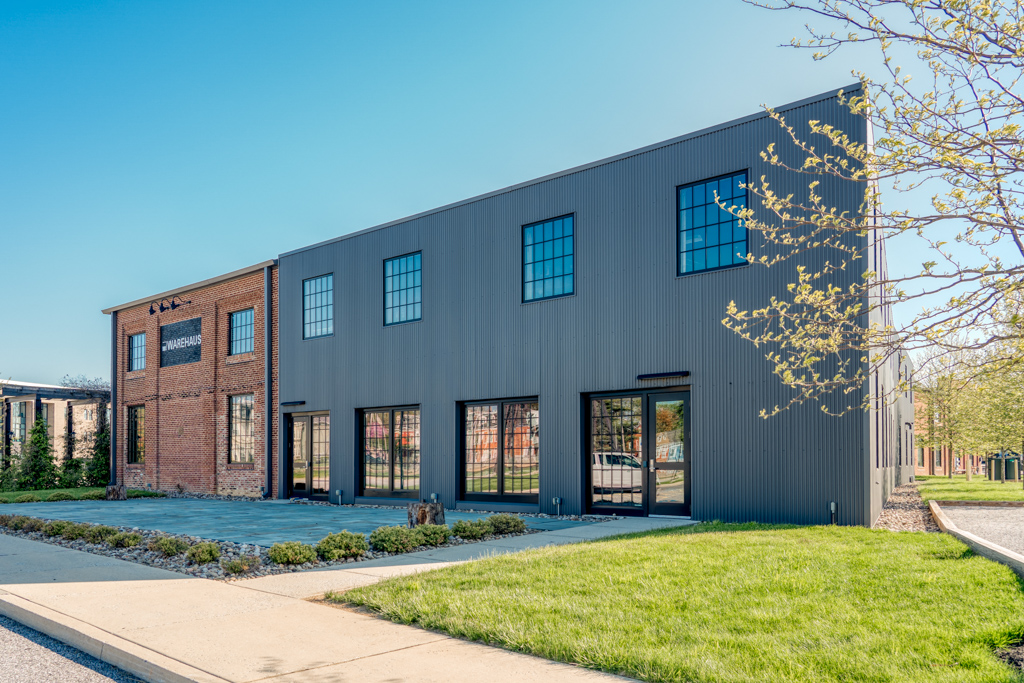
When you lease commercial real estate, you will likely come across common area maintenance (CAM) fees in your contract. These charges are a standard part of many commercial leases that may be confusing for tenants. They are a positive addition to your lease, though. CAM fees obligate landlords to maintain a high standard of upkeep while protecting landlords against fluctuating maintenance costs.
Understanding CAM charges in real estate is essential, as they can impact the overall cost of renting a space. You should carefully review and negotiate these fees to ensure they align with your budget.
What Are CAM Fees?
The CAM fees definition is the separate charges tenants in commercial properties pay to maintain shared spaces, including lobbies, parking lots and landscaping. These fees are divided among tenants based on the size of the space they lease. They include cleaning, security, repair and utility costs in these common areas. CAM fees are often included in your lease agreement and can vary from one landlord or market to another.
Types of Leases and How CAM Fees Relate to Them
Not all commercial properties have CAM charges in the lease terms, as they are more common for industrial spaces, warehouses and retail tenants. Office leases may add them to the rent directly. Whether there are CAM charges may also depend on the lease type.
In triple net (NNN) leases, the landlord passes through the expenses like paying for maintenance, property insurance and taxes. While single-tenant and retail properties like shopping centers and restaurants typically use this lease type, they can be used for multi-tenant properties. In these cases, the landlord pays capital expenditures like replacement of roof, HVAC, and paving, while tenants pay a pro-rata share of the property insurance, taxes and maintenance.
Double net (NN) leases typically require the landlord to pay for property insurance and real estate taxes, while the tenant takes care of CAM fees. These leases generally have a higher base rent than NNN leases, as the landlord covers more expenses.
Gross leases are all-inclusive, so the landlord takes on all cost risk and is responsible for maintenance, insurance and property taxes.
At the other end of the spectrum are Absolute Net leases which are single tenant properties where frequently the tenant is leasing the land and constructing the building. Those leases have no landlord responsibility at all.

Everything That Is Included in CAM Fees
There is no standard for what CAM fees cover — instead, your lease agreement should specify what these fees cover. Typically, they will include maintenance on the following:
- Snow removal: In areas with winter snowfall, snow removal can be one of the most variable aspects with respect to cost.
- Parking lot maintenance: Parking lot maintenance includes repairing cracks, repainting lines, and maintaining adequate lighting for clients and employees.
- Sidewalks: Sidewalk maintenance ensures the safety of people on the property. It includes repairing cracked or broken sections and keeping them clear of ice during winter.
- Landscaping: Landscaping includes lawn care, fertilizing plants, irrigation system maintenance, trimming shrubbery, planting new flowers and replacing mulch.
- Communal indoor areas: Hallways, bathrooms and elevators shared by multiple tenants in a building will be maintained.
- Utilities: The building’s tenants share the costs of electricity, water and gas to heat common areas.
Each property has its own needs, so additional maintenance expenses, such as security or on-site management, may be included in the CAM fees on your lease agreement.
CAM Fee Exclusions
Capital expenditures that would be amortized from a tax perspective are usually not included in CAM.
How to Calculate CAM Charges
There are different ways of calculating CAM fees, depending on what aligns best with the type of property, lease and landlord’s preference. From pro rata share calculation to load factoring and fixed CAM charges, landlords have various ways of applying CAM charges to your lease.
Pro Rata Share Based on Square Footage
The most common way to calculate CAM charges is according to the tenants’ pro rata share of the property by square footage. Divide the total cost by the property’s square footage to calculate the CAM cost per square foot (psf):
- Total CAM cost / total property square footage = CAM cost psf
For example, if the annual CAM expenses amount to $200,000 and the building is 35,000 square feet:
- $200,000 / 35,000 square feet = $5.71 psf
Every tenant is charged $5.71 for each square foot they occupy. A tenant occupying 5,000 square feet would pay $28,550 annually or about $2,380 monthly:
- $5.71 psf x 5,000 square feet = $28,550 per year
- $28,550 per year / 12 months = $2,380 per month
Fixed CAM Fees
Fixed CAM fees are flat monthly charges, generally with small increases annually to cover inflation. Landlords can apply these fees to cover what they actually spend on maintenance or on taxes or property insurance expenses. This is typically for smaller properties with unsophisticated owners who don’t want to reconcile the expenses at the completion of a year.
Capped Charges
If the landlord calculates CAM fees based on what they spend, tenants sometimes try to negotiate a maximum payment. Capping these CAM charges protects tenants from lease expenses that may increase beyond their budget. Typically, this negotiation revolves around what are determined to be controllable and uncontrollable expenses.
Find Your Next Commercial Lease with ROCK Commercial Real Estate
CAM fees are a crucial part of commercial leases that can impact your overall costs. Understanding CAM fees is vital for anyone looking to rent space for their business. Knowing how these fees work and what they cover helps you make informed decisions about your lease agreement and hopefully avoids any future disputes when the inevitable issue arises. Knowing what should be in your lease is as or more important as what is in it and is much harder to identify.
ROCK is a leader in the commercial real estate industry. Our brokerage advisory, lease administration, consulting, and property management services provide comprehensive and strategic solutions throughout South Central Pennsylvania and Northern Maryland. Our team’s skills allow us to offer white-glove services, meaning we can adapt our solutions to suit your unique needs.
Contact us today for more information, or browse our website for commercial properties to lease.

